Understanding the Mechanism of Sucker Rod Pumps in Oil Extraction
In the realm of oil extraction, the efficiency and reliability of various pumping systems are critical to maximizing production rates and reducing operational costs. Among these systems, the sucker rod pump stands out as a widely utilized solution, particularly in onshore oil fields. According to a recent industry report by the American Petroleum Institute, approximately 85% of the U.S. oil production is attributed to artificial lift systems, with sucker rod pumps accounting for nearly 60% of this category. These pumps, known for their simplicity and effectiveness, operate by converting rotary motion into linear reciprocating motion, allowing for the extraction of hydrocarbons from considerable depths.
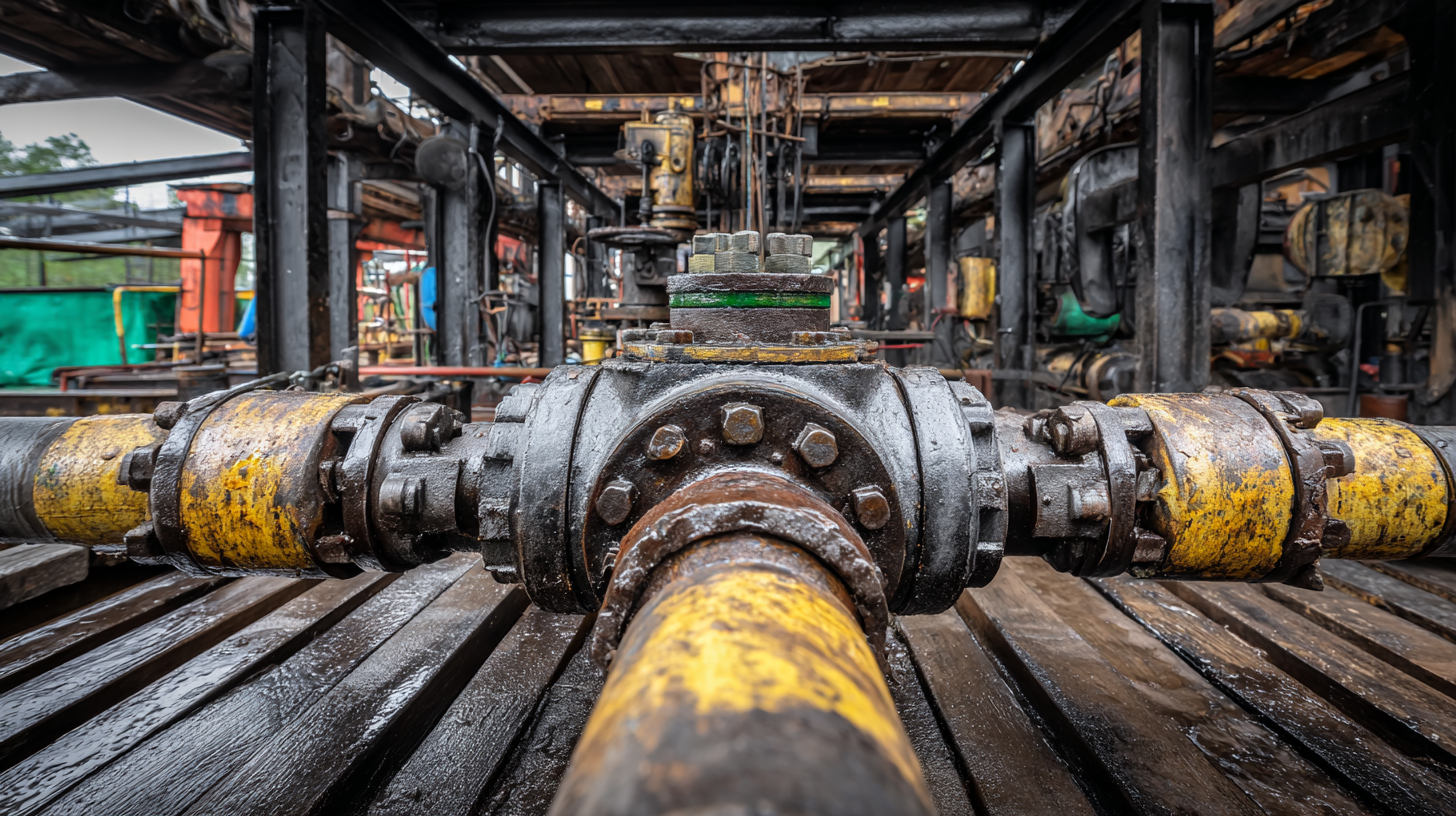
Understanding the intricate mechanisms of sucker rod pumps is essential for engineers and operators alike, as advancements in technology and pump design continue to evolve, significantly impacting the overall efficiency of oil extraction processes.
Key Components of Sucker Rod Pumps and Their Functions
Sucker rod pumps are integral to the extraction of oil from subterranean reservoirs, utilizing a series of key components that work in unison to optimize the pumping process. At the heart of these systems lies the sucker rod, a slender metal rod that connects the surface pump to the downhole pump. According to a report by the American Petroleum Institute, over 30% of oil produced in the U.S. is extracted using sucker rod pumps, underscoring their importance in the industry.
Another critical component is the downhole pump, which typically consists of a barrel and a plunger. The barrel houses the plunger and acts as the pump's casing, creating a controlled environment where the oil is drawn up through the production tubing. A study from SPE (Society of Petroleum Engineers) emphasizes that optimizing the design of the plunger can lead to an efficiency increase of up to 15%, demonstrating how advancements in materials and engineering can significantly impact extraction rates and cost-efficiency.
Furthermore, the use of polished rods reduces wear and tear, which can significantly extend the operational lifespan of sucker rod systems. These innovations highlight the continual evolution of sucker rod pump technology within the oil extraction industry.
How Sucker Rod Pumps Optimize Oil Extraction Efficiency
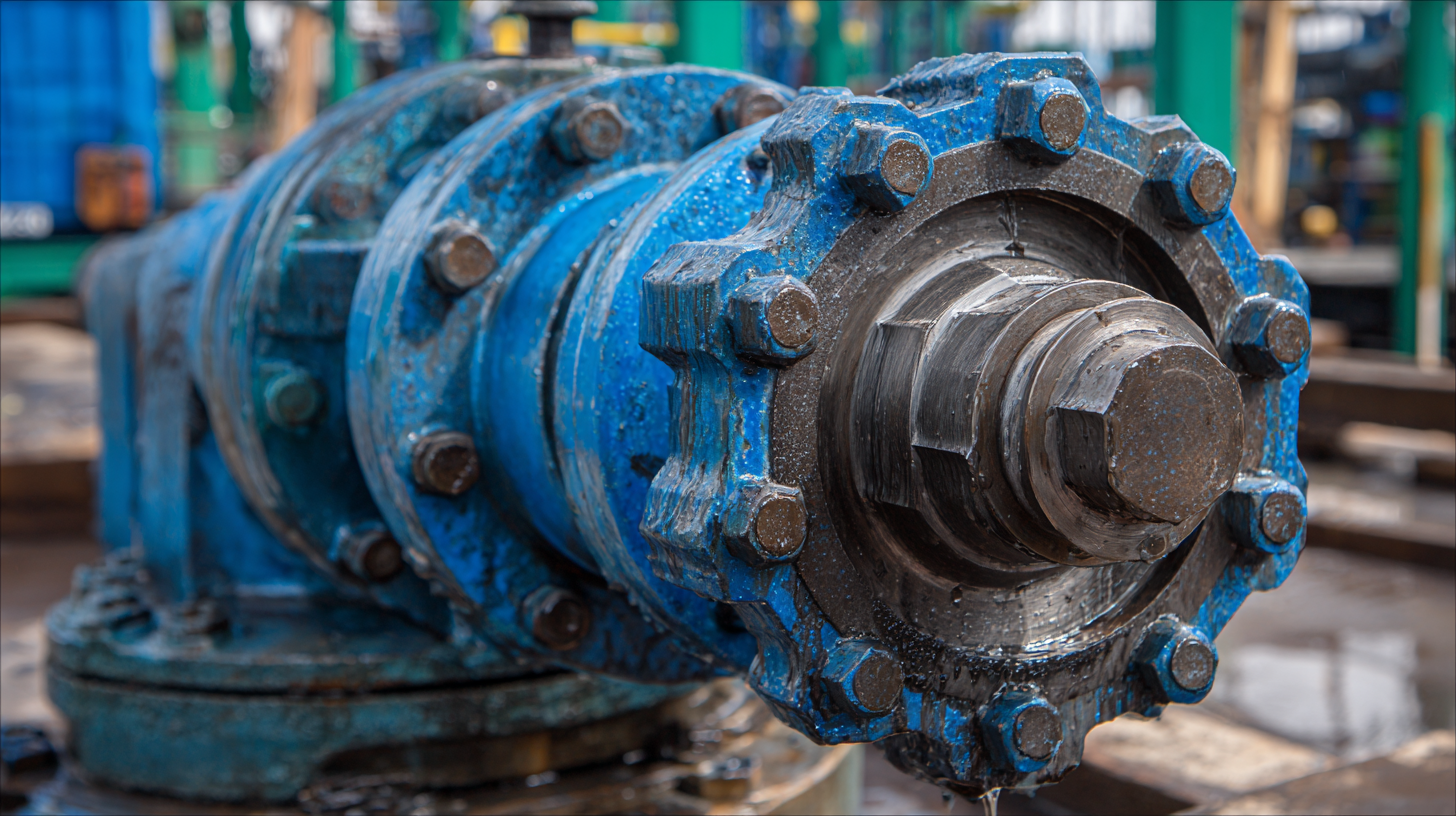 Sucker rod pumps play a crucial role in optimizing oil extraction efficiency in the oil and gas industry. These mechanical devices are designed to lift crude oil from underground reservoirs to the surface, ensuring a reliable flow through a series of rods and pumps. According to a report by the American Petroleum Institute, approximately 80% of oil wells in the United States utilize some form of rod pumping technology, highlighting its immense significance in extraction operations.
Sucker rod pumps play a crucial role in optimizing oil extraction efficiency in the oil and gas industry. These mechanical devices are designed to lift crude oil from underground reservoirs to the surface, ensuring a reliable flow through a series of rods and pumps. According to a report by the American Petroleum Institute, approximately 80% of oil wells in the United States utilize some form of rod pumping technology, highlighting its immense significance in extraction operations.
The efficiency of sucker rod pumps is largely attributed to their ability to function effectively in a variety of well conditions. Studies have shown that properly configured sucker rod pumps can achieve a production efficiency of up to 90%. This efficiency can be further enhanced by integrating advanced monitoring systems and employing real-time data analytics. For instance, using tools like artificial lift optimization software can help operators fine-tune the pump settings to adapt to changes in reservoir pressure and viscosity, thereby maximizing output while minimizing energy consumption. With oil prices fluctuating, the focus on optimizing extraction techniques through sucker rod pumps has never been more critical for maintaining profitability in the industry.
The Advantages of Sucker Rod Pumps Over Other Pumping Systems
Sucker rod pumps have become a preferred choice in oil extraction for several compelling reasons. One of the primary advantages is their efficiency in lifting crude oil from deep underground reservoirs. These pumps utilize a rod and piston mechanism that can operate at significant depths, making them particularly effective for both shallow and deep wells. The design allows for continuous operation, minimizing downtime and maximizing productivity on an oil rig.
Moreover, sucker rod pumps are known for their durability and reliability. Constructed to withstand harsh conditions, including extreme temperatures and pressures, they require less frequent maintenance compared to other pumping systems. This reliability translates into lower operational costs over time, as operators can avoid the disruptions caused by pump failures. Additionally, the simplicity of the sucker rod pump design means that they can be easily serviced and repaired, further enhancing their operational efficiency and longevity in the field.
Maintenance Best Practices for Longevity of Sucker Rod Pumps
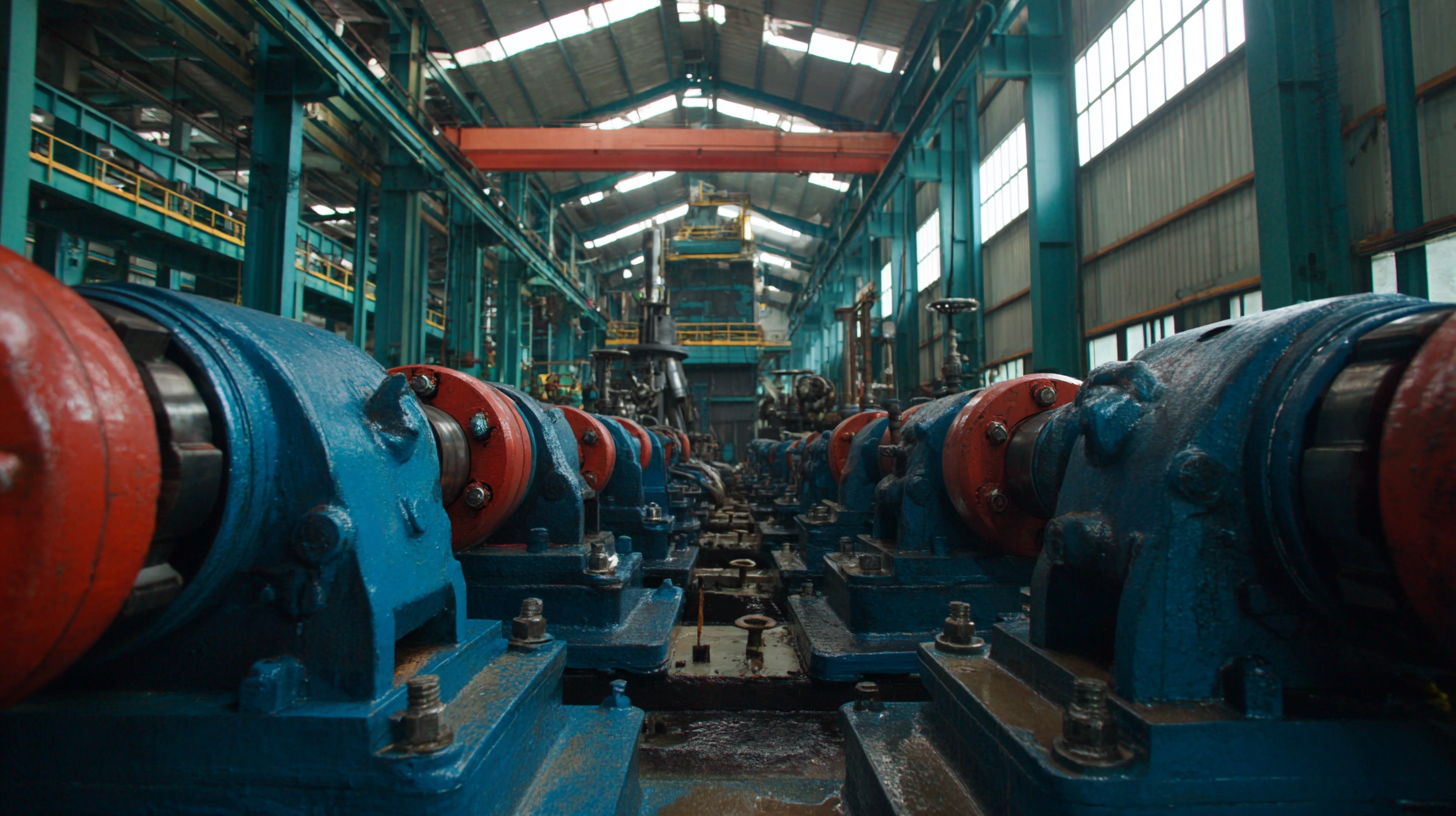 Sucker rod pumps are a critical component in the oil extraction industry, and their efficiency largely depends on proper maintenance. According to the American Petroleum Institute (API), nearly 50% of all pump failures can be attributed to inadequate maintenance practices. To ensure the longevity of sucker rod pumps, operators should adopt a proactive maintenance schedule that includes regular inspections, lubrication, and timely replacements of worn or damaged components.
Sucker rod pumps are a critical component in the oil extraction industry, and their efficiency largely depends on proper maintenance. According to the American Petroleum Institute (API), nearly 50% of all pump failures can be attributed to inadequate maintenance practices. To ensure the longevity of sucker rod pumps, operators should adopt a proactive maintenance schedule that includes regular inspections, lubrication, and timely replacements of worn or damaged components.
One best practice is to maintain optimal operational settings. Research from the Society of Petroleum Engineers (SPE) indicates that operating a sucker rod pump within its designated parameters can extend its lifespan by up to 30%. Additionally, monitoring the wear patterns of the rods and tubing can help predict potential failures before they occur. Implementing vibration analysis and temperature monitoring not only aids in identifying issues early but also reduces unplanned downtime, thereby increasing overall efficiency.
Furthermore, it is essential to maintain a clean environment around sucker rod pumps. According to a report from the International Association of Oil & Gas Producers (IOGP), contamination from dust and debris can lead to significant wear and tear, reducing pump efficiency by as much as 15%. By incorporating regular cleaning routines into maintenance practices, operators can protect their investments and ensure optimal performance in the long run.
Future Innovations in Sucker Rod Pump Technology and Design
The future of sucker rod pump technology is poised for exciting innovations that promise to enhance oil extraction efficiency and sustainability. As oil reservoirs deplete, optimizing production becomes critical. Recent advancements in materials science and sensor technology are leading the way in the development of more durable and efficient sucker rod pumps. New composite materials, for example, reduce wear and tear while also lowering the energy required for operation, ultimately extending the lifespan of these essential components.
Moreover, integrating IoT (Internet of Things) solutions into sucker rod pump systems can significantly improve monitoring and maintenance. By equipping these pumps with smart sensors, operators can gather real-time data on performance metrics and proactively address potential issues before they lead to costly downtimes. This predictive maintenance approach not only maximizes operational efficiency but also minimizes the environmental impact of oil extraction processes, aligning with the industry's push towards greener technologies. As these innovations continue to unfold, the sucker rod pump will evolve into a more intelligent and reliable tool in the oil extraction landscape.
Related Posts
-

Mastering Sucker Rod Pump Efficiency through Advanced Techniques and Industry Insights
-
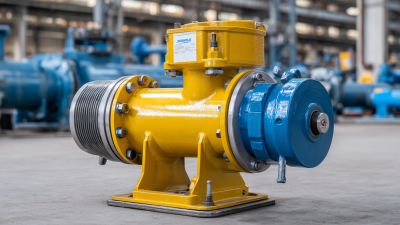
Ultimate Guide to Choosing the Right Oil Jet Pump for Your Industry Needs
-
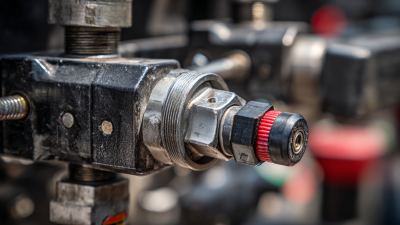
How to Effectively Maintain Your Hydraulic Gas Pump for Optimal Performance
-
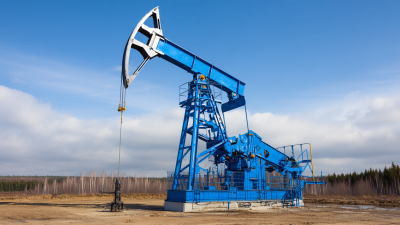
5 Best Artificial Lift Pumps Revolutionizing Oil Recovery: Boost Efficiency and Cut Costs
-

Streamlining Efficiency: Innovative Solutions for Gas Well Pump Operations in Oil and Gas Industry
-

7 Best Ways to Maximize Efficiency with Ultra Jet Pumps
